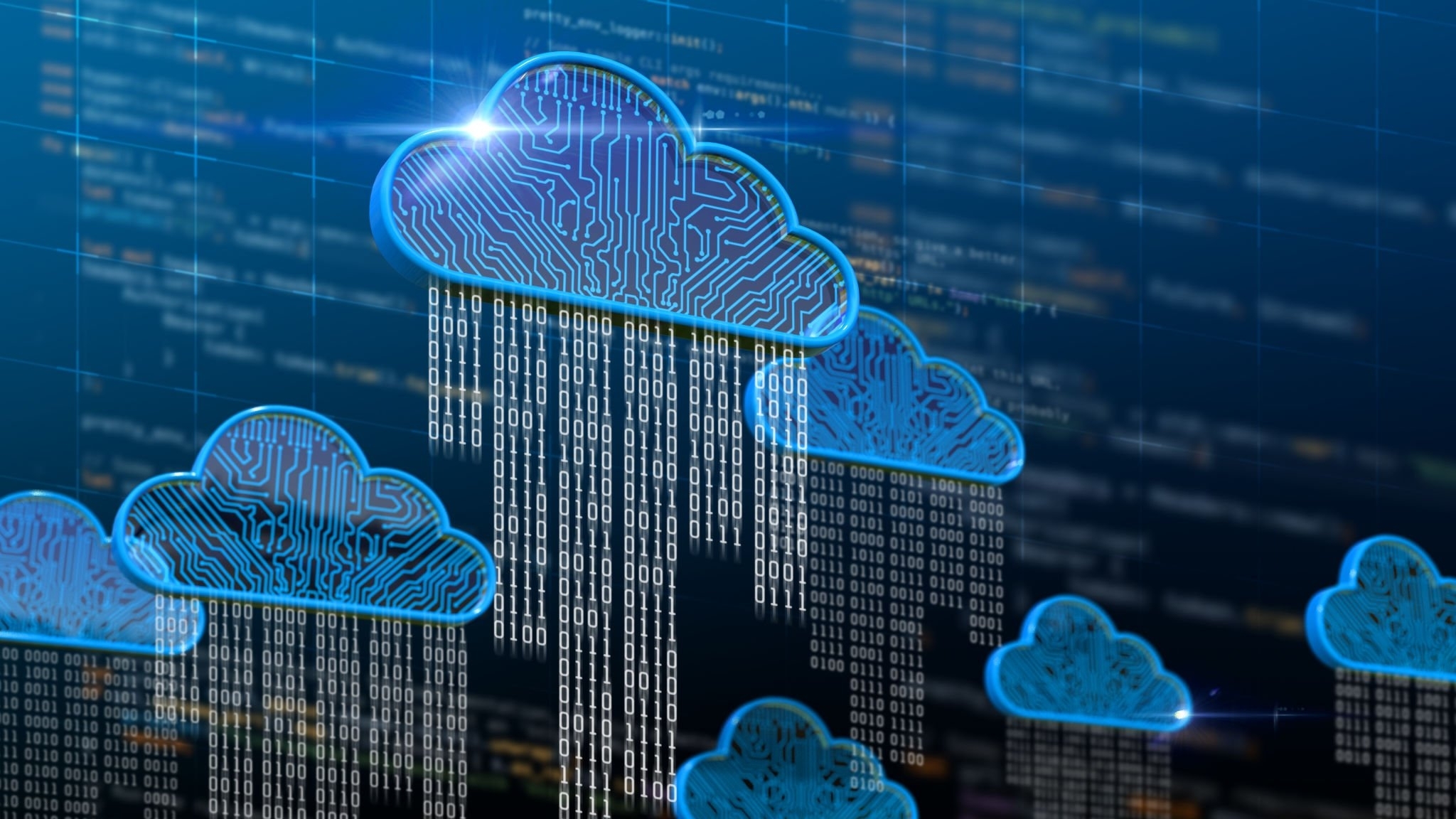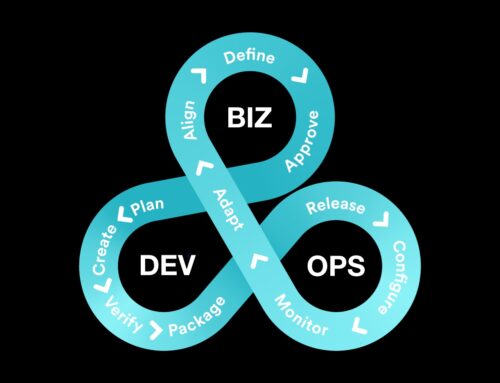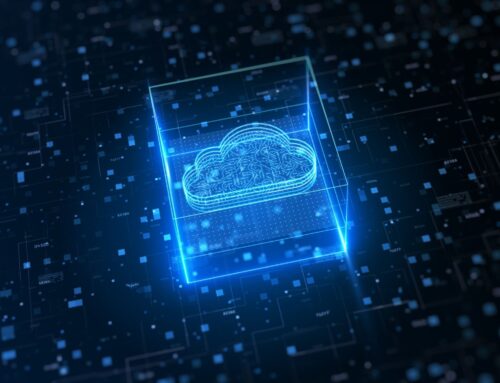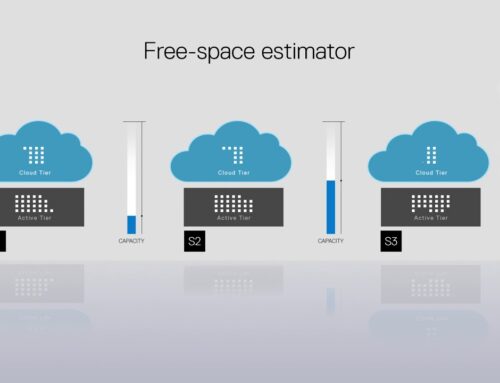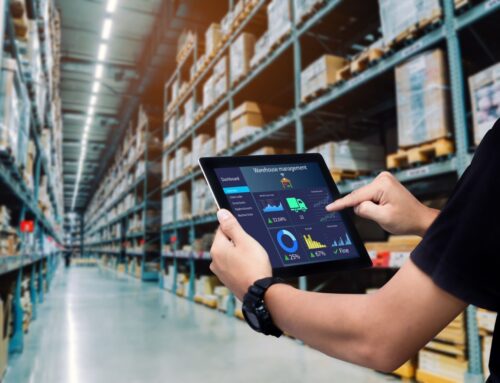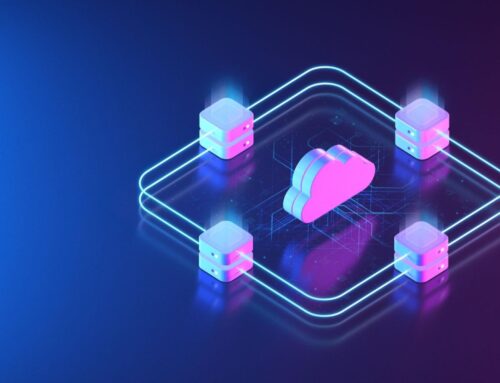Analytics, artificial intelligence (AI), and cloud technology are getting ready for an exciting new era, full of ground-breaking innovations and developments that will change the industry as we know it.
Here are some popular trends expected to significantly influence the sector in the upcoming year.
Cloud Cost Optimization Takes Center Stage
Amid ongoing global economic volatility, businesses running data-centric operations in the cloud will need to refine their cloud strategies, placing a higher emphasis on cost optimization in 2023. The ROI and TCO of existing projects or upcoming investments will be under close examination as companies scrutinize cloud spending.
Data transfer egress costs, constituting a substantial part of an organization’s cloud expenditure, will be a key area for cost optimization. Companies will look to revamp their architecture to avert unexpected egress costs, potentially employing techniques like Alluxio caching to decrease data transferred on the network.
Moreover, the quest for multi-cloud “freedom” is gaining momentum, as enterprises aim to utilize any cloud services without vendor lock-in. Application portability will be key to achieving this “freedom,” allowing companies to select the best fit for their specific needs and budget.
AI Infrastructure Expansion Facilitated by Large Models
Large models, such as OpenAI’s ChatGPT for dialogue, DALL-E 2’s image generation model, and Google’s LaMDA conversation agent, have demonstrated their transformative potential in 2022. The rising adoption of these models in 2023 is projected to fuel the development of specialized infrastructure and solutions for AI.
Training these massive models with billions of parameters necessitates specialized infrastructure and solutions capable of handling the computational demands. Consequently, we anticipate a continued progression of AI infrastructure designed to manage the scale and complexity of these models.
As large models continue to evolve and improve, novel tools and platforms will emerge, simplifying developers’ interactions with these models and broadening their applications.
The Ascendancy of Data Sharing, Exchange, and Marketplaces
Data sharing, encompassing both inter-organizational and cross-company sharing, will become more pervasive in 2023. The ecosystem supporting data sharing, including infrastructure, transactional capabilities, and services for data consumers and providers, will continue to evolve.
Internal data sharing will be driven by the goal to break down data silos and realize cross-domain data value. Simultaneously, external data-sharing use cases are flourishing as more organizations look to monetize their data assets. For instance, in academia and research, organizations are exploring data-sharing platforms to accelerate their studies.
This trend will demand adaptive data infrastructure capable of facilitating data sharing across regions, organizations, clouds, and platforms. Data governance and security will also become a focal point as organizations strive to manage and access their data securely and compliantly.
Integration of Data Warehouses and Data Lakes; Adoption of Open Table Formats
The fusion of data warehouses and data lakes is a growing trend, driven by the increasing complexity and diversity of data, and the need for flexible, scalable systems supporting diverse data science and analytics use cases.
The emergence of open table formats like Apache Iceberg, Hudi, and Delta Lake has catalyzed this trend. These formats efficiently store and manage vast volumes of structured and unstructured data, enabling faster, cost-effective data value extraction. In 2023, we anticipate a surge in the adoption of open table formats for enterprise data storage.
Addressing Data Locality in Kubernetes
The persistent challenge of data locality in Kubernetes, particularly the separation of computation and storage, is expected to be addressed in 2023. Kubernetes has simplified the deployment and elastic scaling of data-intensive applications, however, accessing data from cloud-native sources (like AWS S3 or remote data warehouses) has remained a challenge. We anticipate that solutions for these data locality issues will be introduced in the coming year.
The ability for Kubernetes schedulers to make decisions independent of data locality is becoming increasingly crucial. This capability will be vital for Kubernetes interfaces to support applications and schedulers in enhancing their efficiency. Consequently, we expect the emergence of more solutions to bridge the computation-storage gap, making it easier for organizations to manage and optimize their data storage and processing within Kubernetes.
Conclusion
2023 is poised to be a transformative year in the realms of data analytics, AI, and cloud computing, with a slew of advancements and innovations set to redefine the future trajectory of these fields. As we transition into this new year, several technological paradigms are coalescing to form a comprehensive ecosystem centered around data. It will be intriguing to witness the continued evolution of these technologies and their impact on our world.

